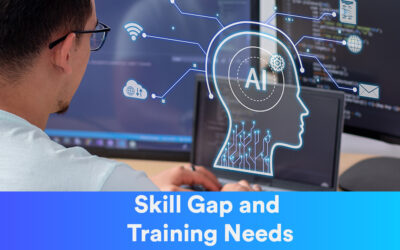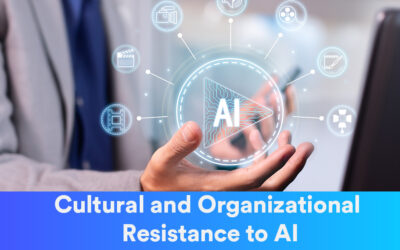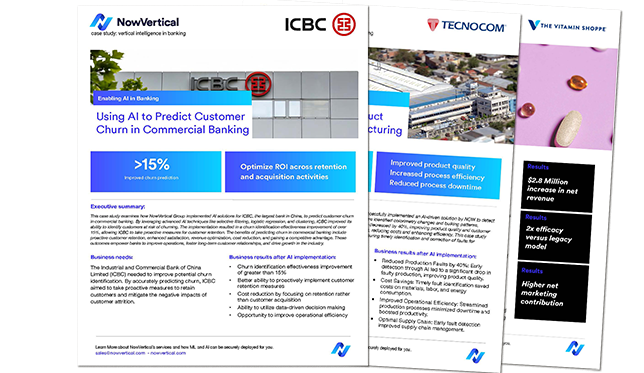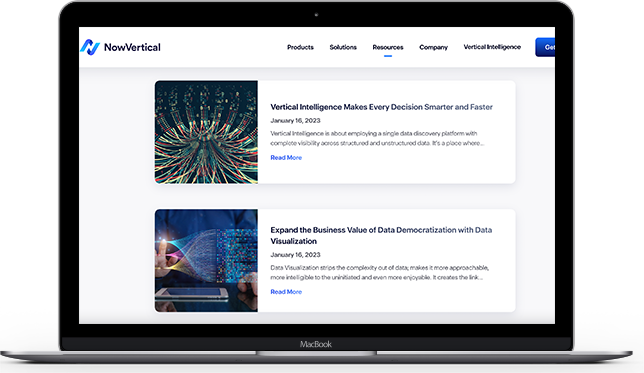December 19, 2023
By: Danny Reeves
A staggering 70% of AI transformations fail, not due to a lack of advanced technology, but because of integration and compatibility issues with existing systems. This stark reality underscores a crucial, often overlooked aspect of AI adoption: the seamless marriage of new AI solutions with the legacy infrastructures that underpin today’s enterprises. As we navigate this intricate terrain, the difference between success and failure lies in recognizing and adeptly addressing the unique integration challenges each enterprise faces.
Compatibility and Seamless Functioning:
Ensuring compatibility between AI systems and existing technologies is crucial for seamless operation. Businesses must assess their current IT infrastructure and identify potential integration points and bottlenecks. This might involve upgrading certain legacy systems or adopting middleware solutions that act as a bridge between old and new technologies. A practical example of this is a retail business incorporating AI-driven inventory management that needs to seamlessly interact with existing supply chain systems.
Tailoring Solutions to Unique Enterprise Needs:
A one-size-fits-all approach rarely works in AI integration. Each enterprise has unique needs, and AI solutions must be tailored accordingly. Customization is key, and this often requires close collaboration with AI solution providers. For instance, a healthcare provider may need an AI system that not only integrates with electronic health records but also complies with healthcare regulations.
Addressing the Skills Gap:
Another aspect of integration challenges is the skills gap in many enterprises. Successfully integrating AI requires a workforce skilled not only in AI technologies but also in the nuances of the company’s existing systems. Investing in training and possibly bringing in external expertise can be crucial steps in bridging this gap.
The true test for enterprises is not just in acquiring cutting-edge AI technology, but in seamlessly integrating it within their existing infrastructures. The challenges of compatibility and integration are often the make-or-break factors in realizing the full potential of AI. This requires a blend of strategic foresight, technical acumen, and a willingness to adapt and evolve. As enterprises learn to navigate these complexities, they pave the way for AI to not just complement, but significantly enhance their operational efficiencies and competitive edge.
Struggling with the integration of AI into your existing systems? For tailored solutions that fit your unique enterprise needs, connect with our team of AI integration specialists.









